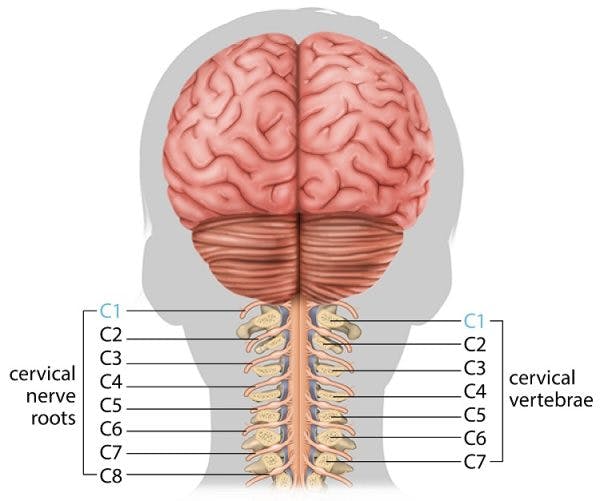
C1 Spinal Cord Injury: Diagnosis, Effects, & Recovery Process
A C1 spinal cord injury refers to a type of cervical spinal cord injury that affects the uppermost region of the spinal cord. As a result, a

A C1 spinal cord injury refers to a type of cervical spinal cord injury that affects the uppermost region of the spinal cord. As a result, a
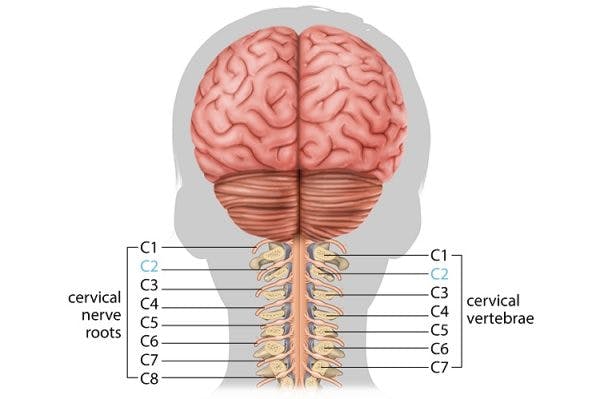
A C2 spinal cord injury is a serious condition involving damage to the upper portion of the cervical region of the spinal cord. The spinal
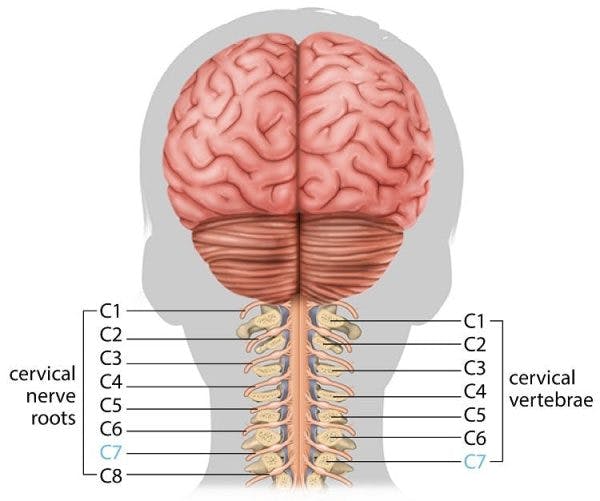
Cervical spinal cord injuries are often the most severe and, because they occur high in the cervical (neck) region of the spinal cord, can result
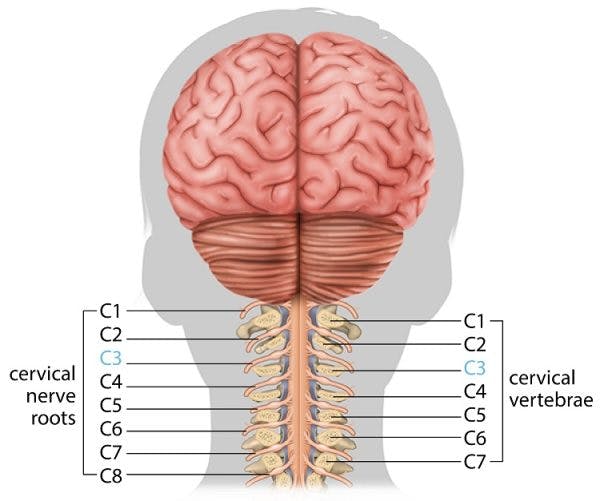
A C3 spinal cord injury is a type of cervical spinal cord injury. Survivors of a C3 spinal cord injury can experience movement and sensation

About 32% of all spinal cord injuries result in a complete spinal cord injury, according to the National Spinal Cord Injury Statistical Center. A complete spinal cord
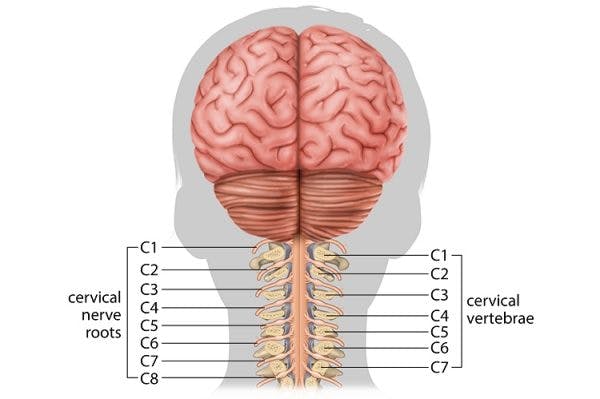
A cervical spinal cord injury (SCI) is a serious, life-threatening emergency that can cause paralysis and loss of sensation throughout the entire body. Depending on
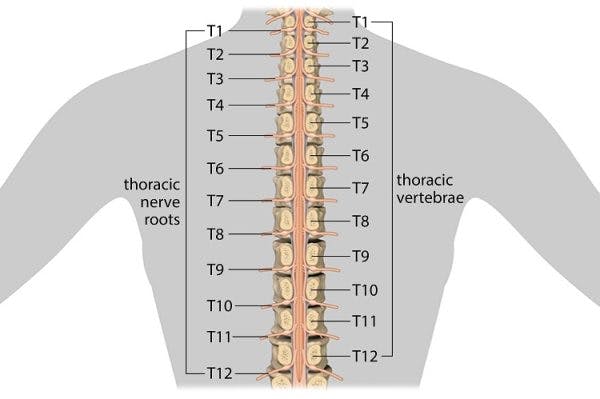
Following a thoracic spinal cord injury, individuals experience loss of motor control and sensation in the trunk and/or legs, referred to as paraplegia. Depending on
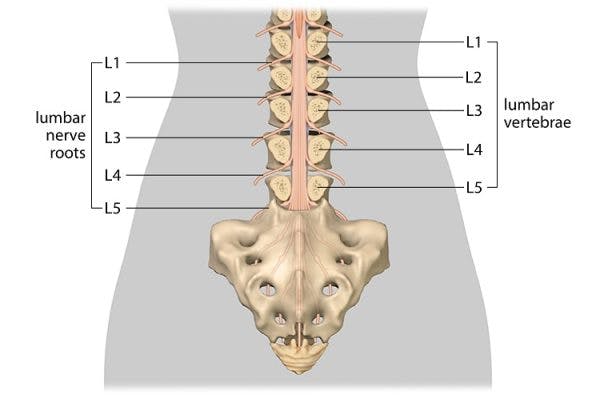
A lumbar spinal cord injury can cause varying degrees of paralysis in the lower body, also known as paraplegia. With effective management strategies, individuals with lumbar
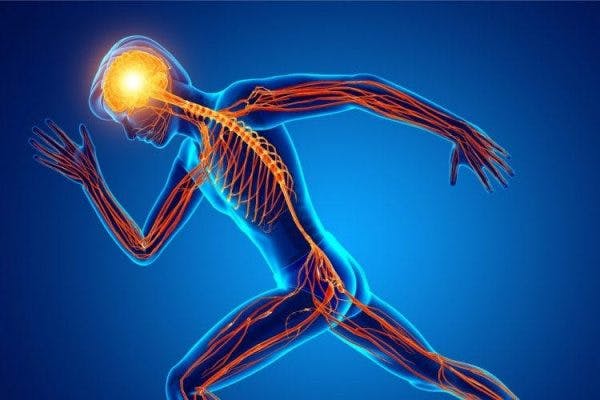
The level of a spinal cord injury refers to the lowest region of the spinal cord where normal motor control and sensation exist. Knowing one’s

Spinal cord injury in children can have significant effects on their mobility and sensation. However, children often are able to recover more quickly from spinal


Take the first step towards recovery.